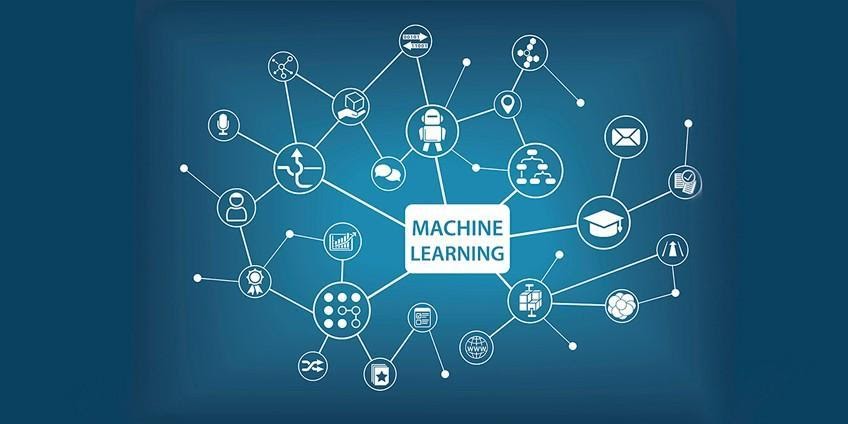As a trader, there are different ways that you can implement machine learning in your stock market activities. The machine learning industry tech is expected to reach a value of $20.83 billion by 2024. This technology is useful in the grand scheme of things since you can better understand how stock prices change.
You also get to assess the risk of investing in individual stocks with a financial modeling ability. Predicting what the costs will be in the future is just the first step of utilizing machine learning. This is also equally crucial in the forex market and in predicting how currency value behaves in the market.
The U.S dollar takes up about 88% of transactions in the world forex market, so it is bound to experience fluctuations in value resulting from several factors. However, when trying to figure out how you can use the financial models to trade through various indices such as CFD and ETF trading, the challenging task comes in. Your hope of doing so is in the skill of Backtesting.
Backtesting
Backtesting is essentially applying a trading strategy using a systematic analysis or a prediction model to understand its performance. You can also use this method to verify the accuracy of your plan in the various trading platforms. One important thing to note here is that Backtesting isn’t a clear-cut representation of past trades.
The only time you are allowed to use it is when you need to decide whether to implement your live trade strategy. It also makes sense to forward test your approach if you intend to start trading with actual cash. Developing a machine learning strategy means that you first backtest it.
The main aim here is to verify your model’s performance in the past by entering old data. Your best option here would be to use Vectorized Backtesting. This backtesting method will help you gauge the viability of a machine learning strategy. The first step is to set up a code that your model will follow. You can do this by following the steps below.
Developing an ML Code for Your Model
The Python coding language will help you come up with a code to verify your ML model’s performance. In this example, the time series model is the AutoARIMA, which you can access from the Python library known as pmdarima. It works to identify the optimum parameters to help you with the adjustment of the model’s parameters. And now, for the steps.
Step 1: Import Python Libraries
Selecting the libraries will play a massive part in developing a suitable model and backtesting it for verification.
Step 2: Input the Data
Here, you can use stock data of your choosing, provided it contains at least 260 weeks’ worth of past data. If you want to avoid bias, it will help select stocks that show a constant value decrease over time.
Step 3: Data Preprocessing
You can first try to establish overall returns by identifying logs on the stocks you’ve chosen. Secondly, pick a moving average of about ten days to eliminate noise in the final stock values. Finally, scale your averages by rounding off to the nearest two decimals.

